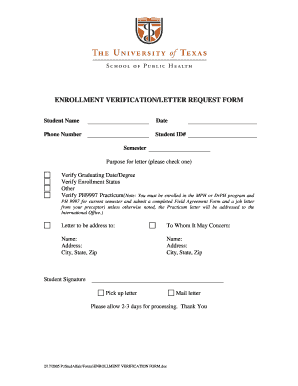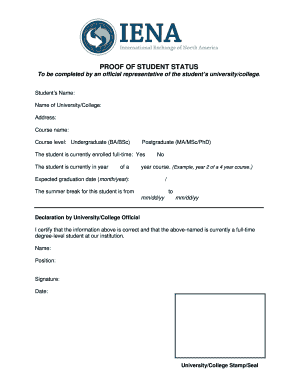
First, descriptive observations about jurisprudence should increase in accuracy with the number of observations approaching the actual number of cases. Here, quantity becomes quality in two ways. 4 It is only now that a majority, but still not all, legal documents are available online, ready for exhaustive and systematic analysis.

Until well into the 21 st century, legal casebooks relied on hardcopies of judgments that were then digitized. In the 80s, a regular law professor would use a typewriter, painstakingly collecting hard copies of judgments for analysis that had to be obtained individually from court registrars. For instance, the unprecedented availability of legal documents allows us to identify new possibilities for research.


Today, we need to pay more attention to the unavoidable changes and realities that affect our discipline. 3Īrguably, this observation still holds almost 30 years later. He neglect of empirical work is a bad, increasingly worrisome thing for our scholarship and teaching, and the reasons for its persistence are so deeply embedded in the incentive structure and professional norms of the law schools that they are exceedingly resistant to change. However, there are also empirical methods that can be deployed within “traditional interpretative legal scholarship” 2 and the latter should no longer be allowed to rest on the untouchable pedestal of a prestigious discipline. These offer undeniable opportunities for generating innovative research, providing insights about law in action or simply what the content of legal norms should look like. While we certainly witness a budding rejuvenation of empirical legal research, the empirical element therein often refers to “fancy” empiricism such as statistical methods, experiments and interviews. It is disciplinary standard practice in doctrinal legal research that (empirical) observations are virtually unaccounted for. More often than not, a “tendency of the court” or “a development in jurisprudence” is postulated without specifying the number of judgments examined or the time period covered by the statement. Mainstream legal scholarship seems to be caught in a deep sleep when it comes to experimenting with new methods. Although not a panacea to empirical legal scholarship, ATLAS.ti is a low-investment high-return research tool with great potential utility to transform legal research. The article concludes with an evaluation of ATLAS.ti and its advantages and limitations (Section 4). The technical discussion of the programme is illustrated with a proof of concept that we conducted on decisions rendered on a specific World Trade Organization (WTO) law provision (Section 3). By using this generic research process, we seek to show the different possibilities for conducting software supported content analysis through one of the most prevalent CAQDAS programs: ATLAS.ti. Second, it is further constrained by the technical functionalities of the CAQDAS program itself. First, it must be translated into effective coding. This generic approach has two limitations.

We present a generic research process consisting of (1) matching methods and research questions, (2) compiling source documents, (3) coding and (4) analysis and discussion on how these stages can be implemented in legal research (Section 2). This paper argues that Computer Assisted Qualitative Document Analysis Software (CAQDAS) can be a useful tool for conducting empirical legal research. While the use of empirical methods has significantly increased in other disciplines, such as in political sciences, law is falling short of unfolding its explanatory potential. Contemporary legal scholarship is scientifically stagnant.


 0 kommentar(er)
0 kommentar(er)
